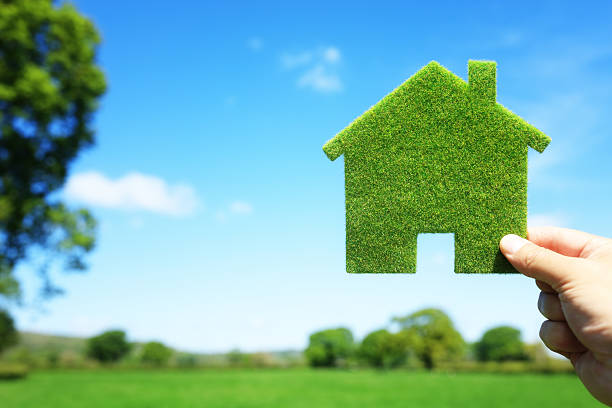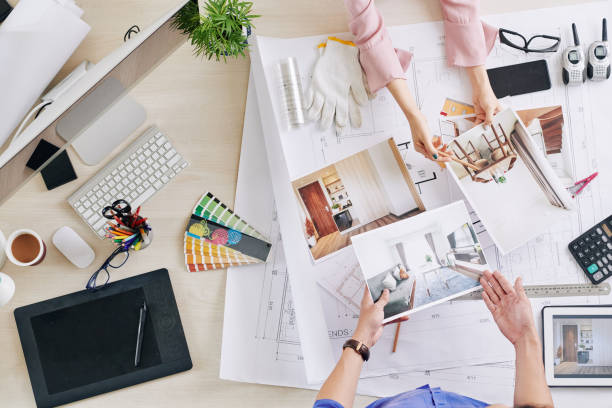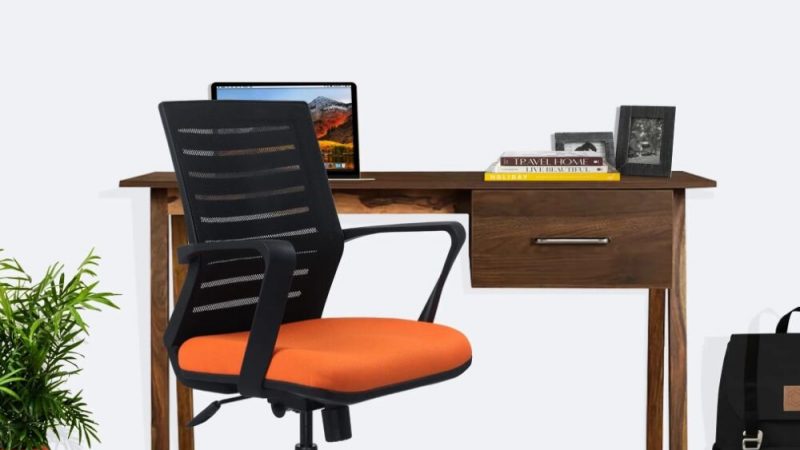A Peek Inside the Future Home

How are the planning and construction industries, responsible for modern developments like Ancoats Gardens, adapting to the smart homes of the future? With more and more homes plugging into the internet of things and the cloud, with internet-enabled devices proliferating, next generation smart home devices – an outgrowth of the Fourth Industrial Revolution – will change how we live and interact with others.
Innovations in smart home technology is having an impact on how various stakeholders are reacting to them, including the planning and construction industries.
Changes in construction methods
Modular construction is a growing trend in home building, whereby offsite constructed components are assembled on site. The benefits of this type of construction method include less noise and disruption to local communities where the construction site is located, as well as faster build times. With heavy machinery coming and going and local traffic disruptions, this can all be minimized.
Modular construction methods are especially attractive to high-volume housebuilders where the buildings require a lot of uniform design and modular rooms, such as with student accommodation and retirement homes. Housebuilders, along with 3-D printing technology and other robotic building technologies, are increasingly looking at modular construction as a faster, safer, and more cost-effective way to build homes.
An example of modular construction can be found with the 47 homes being built in Corby, Northamptonshire, where a small village is being constructed. Projects like this are seeing bricks and mortar being replaced by cheaper offsite constructed modular units.
Energy conservation
As more people are becoming aware of humanity’s ecological overshoot and the resulting harms being done to the planet, energy efficiency and eco-friendliness are taking centre stage in home building designs. Energy efficiency is also about recognising that fossil fuels, which are currently the main energetic engine of modern industrial civilization, are also a finite source.
Innovative designs which include grass roofs and solar powered water heaters are being considered and integrated into planning and modern house building. Such building design concepts help reduce environmental impact and reduce the use of exhaustible resources and materials, but they also help cut energy bills.
Technology used in the future home to increase energy efficiency includes smart meters and thermostats, which help households regulate their energy output to the times and rooms where it is most needed.
Personal Assistants
Homes of the future will have integrated virtual assistants into the fabric of the home itself, and not be confined to hardware devices like we currently see. This will enable greater home automation and organisation and will be accessible in any room.
For future homebuyers to feel completely comfortable with this concept of smart homes, especially as they become more automated and all-encompassing, cyber security will have to be tackled in a more robust way. Indeed, there are numerous horror stories involving the internet of things being hacked. Artificial intelligence and quantum computing may go some way in helping with resolving these concerns.
Smart bathrooms
The central tenet of smart home technology is improving and making easier the lives of people living in their homes. There are many devices already achieving this goal, such as home speakers reacting to voice commands or having greater control over your thermostat via smart phone apps.
The same goes with bathrooms. Smart mirrors can display useful information while you are getting ready for work in the morning, such as displaying emails, weather, or travel conditions, and reminding you of the day’s appointments or tasks to be completed. Another cool smart home device is the Bluetooth-enabled shower head that can play your favourite tune for you while having a shower.
Another smart bathroom device that is gaining in popularity is the waterproof smart TV. Some, it seems, like to lay back in the tub and watch their favourite musical. Homebuilders will need to consider installing waterproof power outlets for luxury and even standard homes as an important selling feature.
Smart Kitchen
Smart kitchens will be another important feature for future luxury homes and having sufficient power outlets for all the devices will be key. A smart fridge, as one example, can tell you if the fridge contents are about to go off or the expiry date is coming up, as well as suggest meal plans and order replenishment when stocks are getting low.
A pre-fitted, integrated smart kitchen will go further than just having all the devices talking with each other; it will also utilise artificial intelligence and present meal plan suggestions based on kitchen food content and dietary and health needs.
Artificial intelligence (AI) and augmented reality (AR)
Homes of the future will find that AI and AR will become more commonplace. With the help of the visuals from AR, a homeowner can choose which furniture will best suit their home and better gauge the size and dimensions. They can try out different patterns and colour schemes before deciding on what to buy.
AI will learn the habits and routine of homeowners and make useful suggestions based on personal preferences, perhaps even suggesting new ways of doing things.




